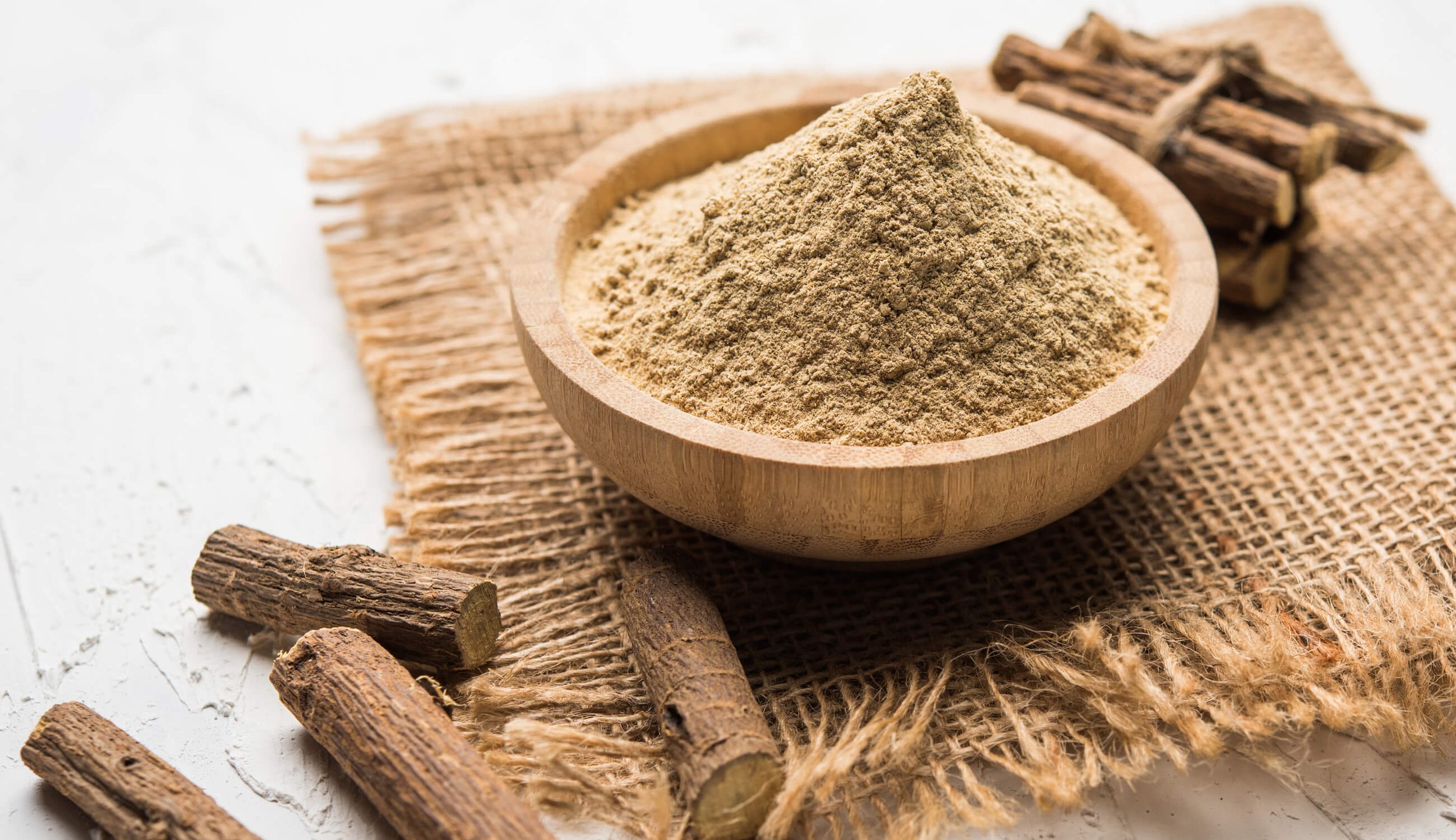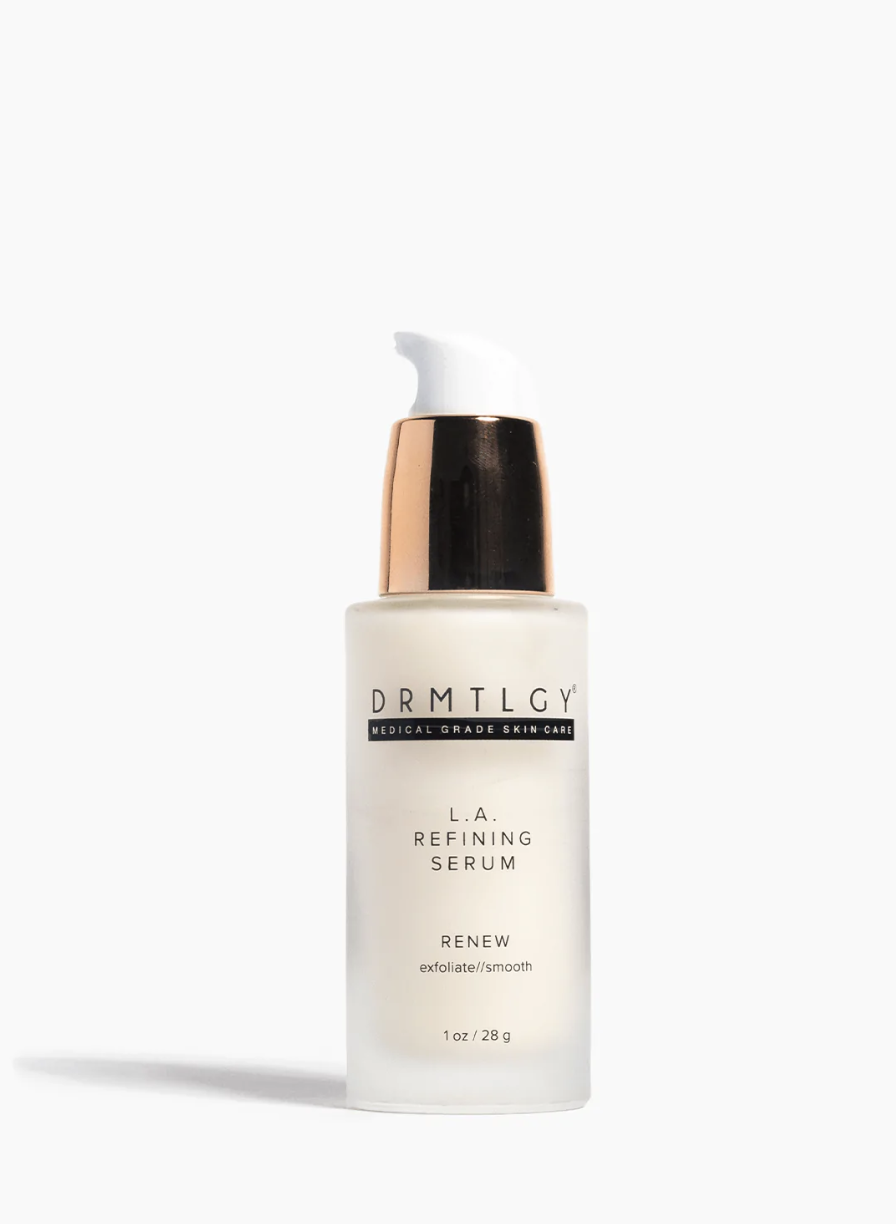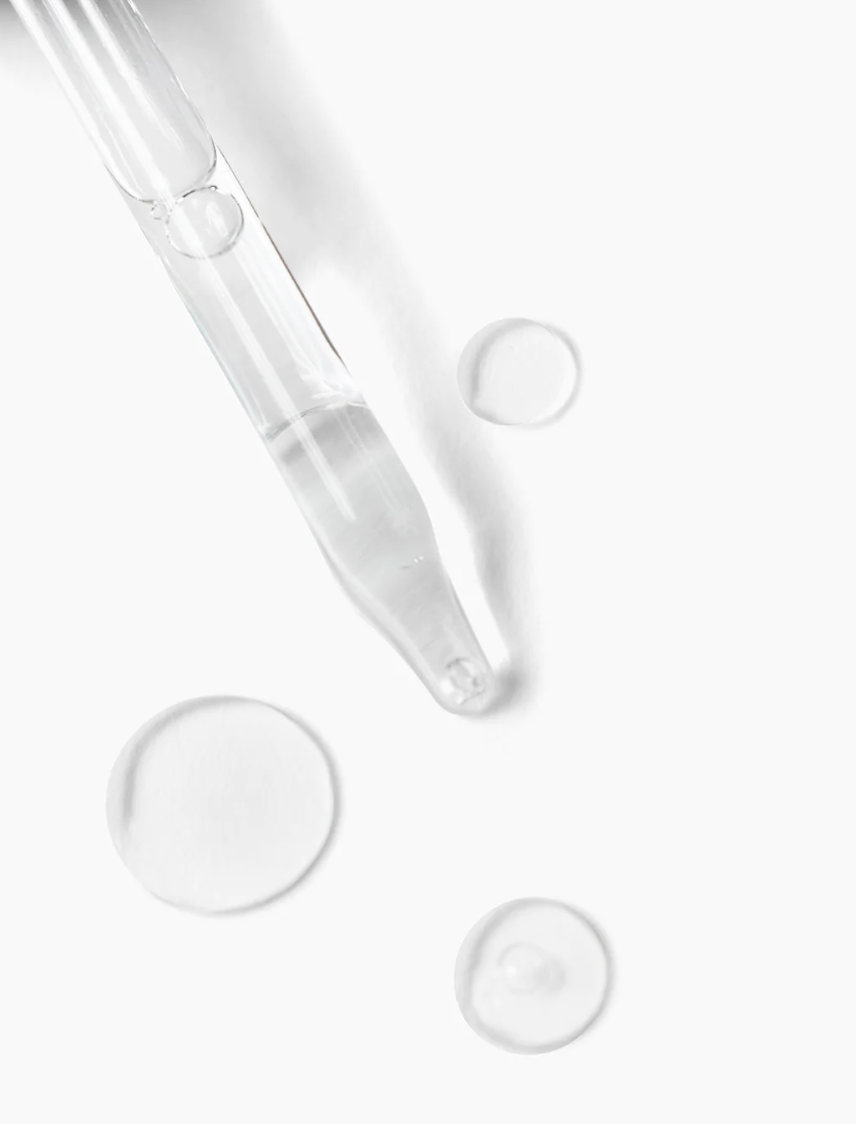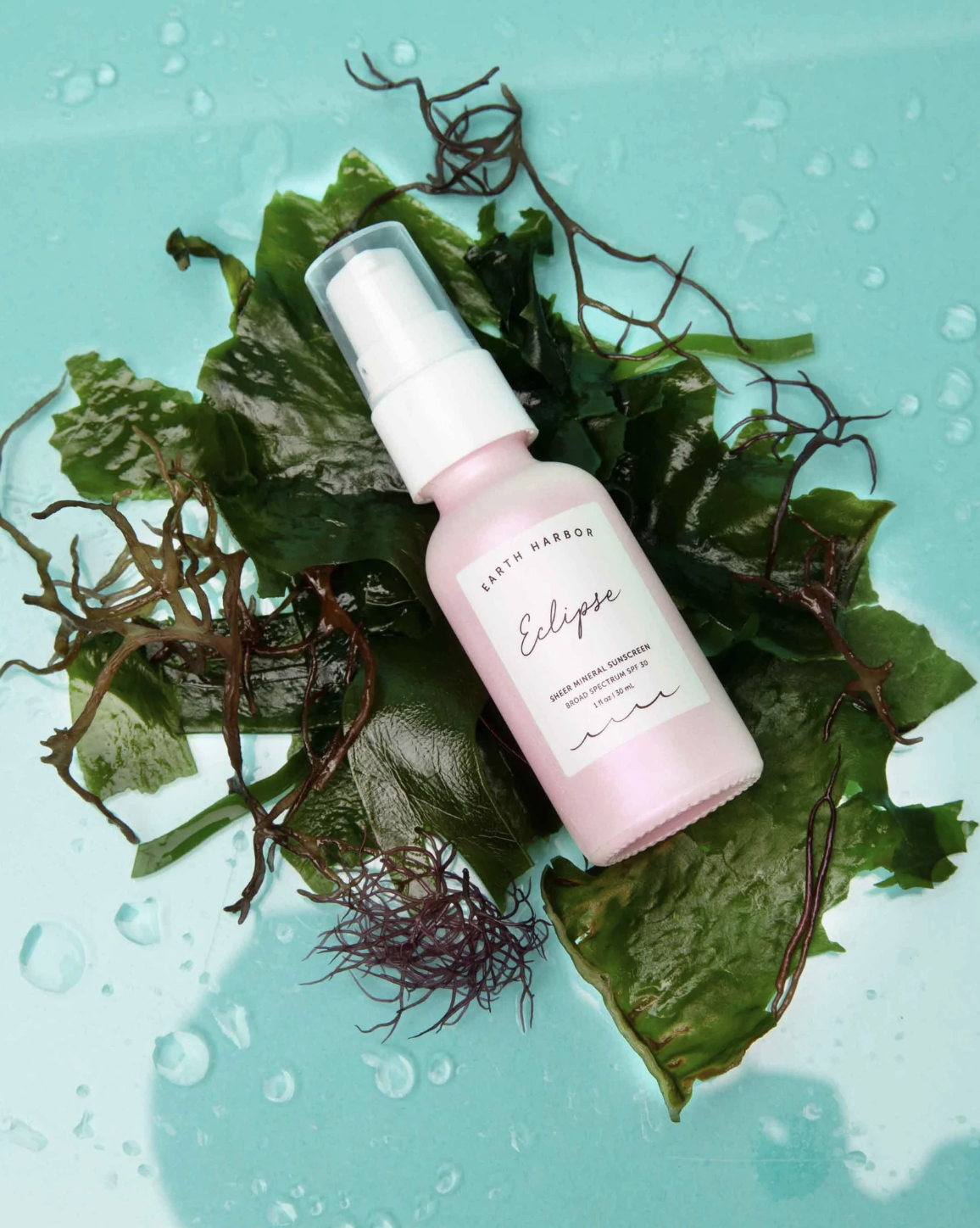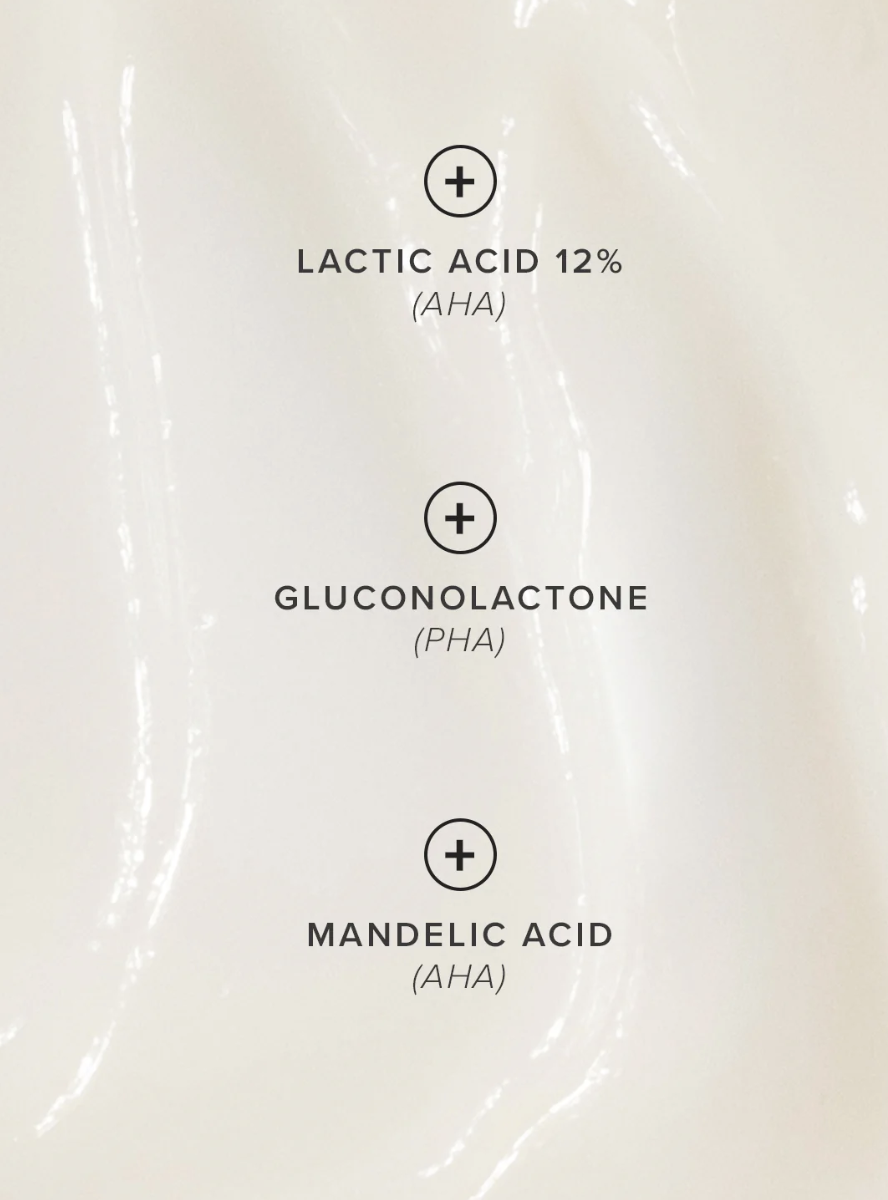Licorice Root
Licorice root from 100percentpure.com
Licorice root (Glycyrrhiza glabra) is a traditionally used medicinal plant with skin-soothing qualities. Used as both an internal and external medicine and a food sweetener, licorice is a great multi-use plant (2).
Licorice is particularly beneficial for irritated, dry, or damaged skin. It is used to help with conditions like dermatitis, eczema, inflammation, bacterial infections, and sun damage. If you have a dry throat or cough, licorice root tea is the way to go! It coats the throat, and you feel the licorice's distinct moistening, nourishing, and sweetness. It does not taste like anise but more like earthy sugar.
This is a plant that encompasses whole-body healing. Licorice has even been studied for its potential to improve tooth and gum health, digestive system ailments, respiratory and sinus infections, skin irritation, and wounds. It's even said to be anti-cancer (1).
How does licorice work?
Licorice contains many potent phytocompounds that work together to support healing. For example, Glabridin, an isoflavonoid, is a sun protectant, Glycyrrhizin is an antioxidant, and Licochalcone is an oil regulator (3).
Topically, the antibacterial qualities of licorice root can also help reduce or prevent infections in compromised skin like eczema, rosacea, or acne. Licorice root is antibacterial, anti-inflammatory, and anti-microbial and has been shown to inhibit the growth of Staphylococcus and H. pylori (1).
In herbal medicine, licorice is known to be a demulcent, which soothes, and an expectorant that increases moisture to thin mucus and expel it. In the body, this is useful in decreasing overall inflammation and supporting the immune system and overall body function (3).
What is licorice used for?
Anti-aging
Healing skin
Hyperpigmentation
Sun Damage
What effects can licorice root have on the skin?
Licorice is used to calm and heal the skin. In treatments, it can be a supportive ingredient to mitigate irritation. We can use licorice as a natural way to build skin health, even in sensitive or highly irritated skin types. Our skin works best when it is hydrated, protected, and moisturized, which licorice supports.
Overall, licorice root can:
Calms redness
Soothe irritation
Hydrates dry skin
Brightens dry skin
Improves hyperpigmentation
My recommended licorice root products
I love the L.A. Refining Serum by DRMTLGY because it aims to correct hyperpigmentation, dull complexion, and texture using gentle exfoliants (lactic acid and gluconolactone) and licorice root.
The Eclipse Sheer Mineral Sunscreen by Earth Harbor is a sun and pollution protector that contains reef-safe, non-nano, and 100% mineral-based with zinc oxide, macroalgae, green tea, and licorice root. I love this combination because it’s soothing and protective, both are essential for sun care!
Wahab, S., Annadurai, S., Abullais, S. S., Das, G., Ahmad, W., Ahmad, M. F., Kandasamy, G., Vasudevan, R., Ali, M. S., & Amir, M. (2021). Glycyrrhiza glabra (Licorice): A Comprehensive Review on Its Phytochemistry, Biological Activities, Clinical Evidence and Toxicology. Plants (Basel, Switzerland), 10(12), 2751. https://doi.org/10.3390/plants10122751
Zhi-Bin Yu, Shu-Heng Dong, Jia-Wei Zhang, De-Yun Li, Yan Liu, Hui Li, Shu-Shan Du, Analysis of international competitiveness of the China's licorice industry from the perspective of global trade, Journal of Ethnopharmacology. 2022. https://doi.org/10.1016/j.jep.2022.115613.
Lim TK. Glycyrrhiza glabra. Edible Medicinal and Non-Medicinal Plants. 2022. https://www.ncbi.nlm.nih.gov/pmc/articles/PMC7122586/
